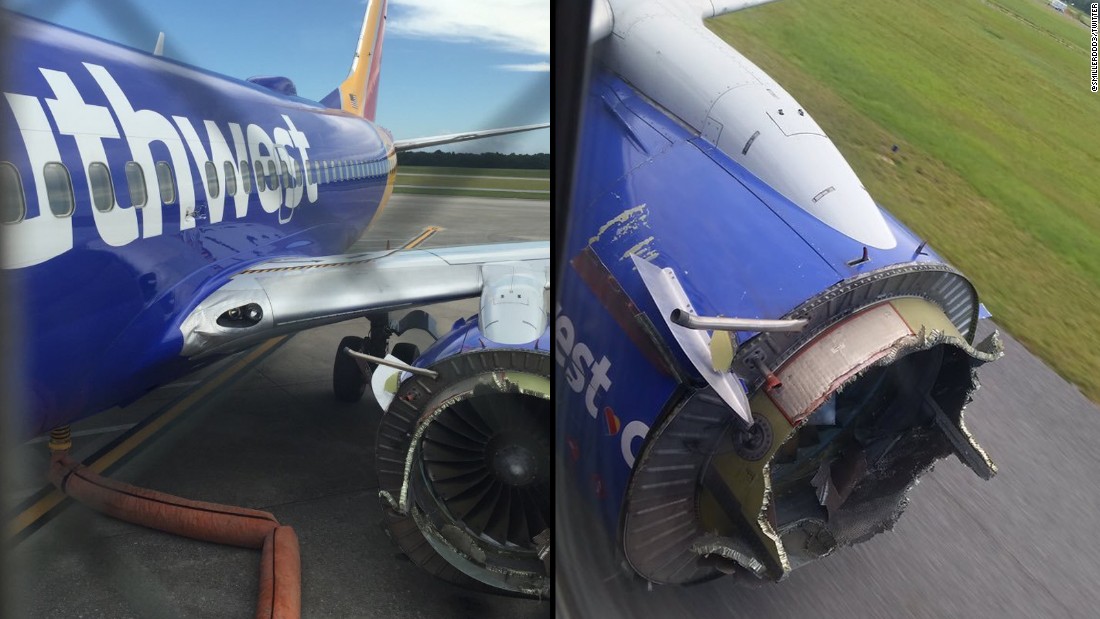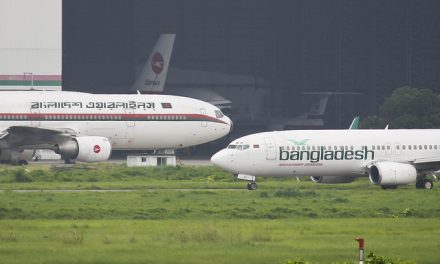
Figured I should share this here. I posted this yesterday:
Originally shared by Fred Robel
Could the Southwest Airlines Flight 1380 accident have been prevented somehow? I’m going to give a strong “Yes, Maybe”; and lay out how and why.
To explore this, we need to go back to August of 2016. When an eerily similar accident occurred, to the same type of aircraft and engine, on Southwest flight 3472. https://en.wikipedia.org/wiki/Southwest_Airlines_Flight_3472 … Uncontained engine failure…. loss of cabin pressure.. emergency landing.
The NTSB found the cause to be a C-1 fan blade, that had cracked at the mounting root, and broken away in flight. Causing damage to the engine and airframe; and the inlet cowl being broken apart and away.
Stop me when I sound like I’m describing what happened yesterday.
Following this accident, from 2016, CFM International issued a Service Bulletin for the CFM56-7B engines, in March of 2017. This SB called for the Ultrasonic NDT (Non Destructive Testing) inspection of the blade root area on certain part numbers of C-1 fan blades.
This first SB, 72-1019, was recommended to be accomplished as soon as possible on engines with more than 15,000 flight hours since last shop visit, as of the issue date of the SB; and not later than Sept 24, 2017.
Important to note the word “recommended”. As Service Bulletins from the manufacturer are not mandatory to perform.
Then, in July of 2017, CFM International issued another Service Bulletin for the CFM56-7B engine. This SB also called for the Ultrasonic NDT inspection of the blade root area of those same part number C-1 fan blades.
This SB, 72-1024, was recommended to be accomplished as soon as possible, no later than Dec of 2018.
I should note that in order to perform these inspections on operating aircraft; the blades would have to be removed, cleaned, and inspected with a specialized Ultrasonic probe, then reinstalled. Easily taking a full work shift to accomplish, for several people.
What is the FAA response to all of this?
In August 2017, they began the process of issuing an Airworthiness Directive (AD). This process starts with a Notice of Proposed Rule Making (NPRM). This is issued, to give manufacturers and operators a chance for input on the new rule
This proposed AD would make following the two SB’s that I discussed, mandatory for operators to follow.
Unfortunately, that is all we hear from the FAA on the matter. As of today, the final AD has not been issued.
The Europeans, on the other hand…..
EASA (the EU version of the FAA) issued an AD of their own in March of 2018. This EASA AD only applied to aircraft that are registered in the EU, so would not apply to Southwest Airlines aircraft.
This EASA AD, 2018-0071, requires compliance with the CFM SB’s within 9 months of the AD issue.
This all brings us to yesterday. When that Southwest Airlines B737-700 had its LH CFM56-7B powerplant experience an uncontained failure in flight.
Initial NTSB statement says that one fan blade broke away, at the root mount, where the break displayed signs of metal fatigue.
This time someone died because of it.
Here is where my “Maybe” comes into play.
Could this have been prevented? Yes. IF……. operators had followed the recommended Service Bulletins issued by CFM Int’l last year; and performed all inspections “as soon as possible”.
And, IF….. the exact part that cracked, and broke, this time; is the same area that cracked and broke last time; and is the same part number blade…… and an invisible crack was not missed on inspection… which can happen, as we are all human.
So a lot of IF’s and MAYBE’s. Throw in there: What if the FAA had latched onto this as a very big concern, and issued a special fast tracked AD, making those inspections mandatory, and let’s say, must be done within 30 calendar days. Why not, this is speculation.
The conclusion I arrive at, is that at the very least, this kind of situation should make us examine the extended time frame that it takes to issue regulatory guidance. I know the time frame is to encourage reflection, and remove high emotions from these decisions.
But perhaps, when there was so near a miss (Aug 2016), we should react a little faster, and more decisively.
As an addendum to all of this: I should point out a key phrase mentioned back in the Service Bulletins; “Last Shop Visit”. At a shop visit, an engine has been removed from the aircraft. And these C-1 Fan Blades are subjected to very thorough inspection, both visual, and NDT
And when installed on an operation aircraft, they are removed for lubrication periodically. Where they are cleaned and visually inspected.
Also, anytime they are repaired (as in nicks to the blades and such), they are NDT’d as well.
So it isn’t as if these C-1 Fan Blades are neglected. Quite the opposite. They are cleaned and looked at regularly.
Final, final thought: Folks, don’t let this put you off flying. Flying is very safe. Consider how many aircraft Southwest Airlines alone has flying currently in their fleet. The thousands of flight hours they fly every month. With no accidents. It is an amazing accomplishment
(photo is from August 2016 accident)
#SouthwestFlight1380 #southwest #aviation #B737



Recent Comments